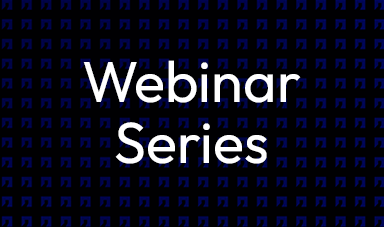The LIBOR Transition: Fallback Curve Analysis
Learn about the latest developments from ISDA’s IBOR fallback consultation and how you can use Numerix CrossAsset to conduct P&L impact analyses on LIBOR fallback curves.
With less than two years left until the expected end of LIBOR and other interbank lending rate (IBOR) benchmarks, the transition to Alternative Reference Rates (ARRs) is entering a critical phase. The stars are aligned for a turning point when LCH SwapClear and CME Clearing shift from using federal funds rates to SOFR for discounting and Price Alignment Interest (PAI) calculations of US dollar interest rate derivatives in October 2020, plus the publication of ISDA’s final parameters on LIBOR fallbacks expected in the first half of 2020.
Given the significance of these changes, the LIBOR transition will be a demanding and complex process for the industry. It is crucial for market participants to fully understand the technical components of these changes to ensure readiness for the immediate and long-term impacts of the transition.
On March 12, Liang Wu provides a status update on ISDA’s latest developments on benchmark fallbacks for moving derivatives off IBORs, the likely approach for calculating the fallback rates, and how this will impact fallback curves.
In addition, he demonstrates how you can use Numerix’s CrossAsset Python SDK to build out a what-if analysis that illustrates how different fallback spreads will impact the P&L of swaps of various tenors.
Liang discusses:
- Status update on ISDA’s IBOR fallback consultation
- How fallbacks will work, coverage (by tenor and currency), and timelines
- Technical demonstration:
- Brief review: curve construction in a multi-curve environment
- Brief review: impact of switching from OIS to SOFR discounting
- P&L impact analysis for LIBOR fallback curves
Featured Speakers

Liang Wu
Liang Wu is an Executive Director of Financial Engineering and heads up CrossAsset Product Management at Numerix. Wu has previously served as VP of Financial Engineering in the Client Solution Group at Numerix. Before joining Numerix in 2015, he worked at CME Group and HSBC in Pricing and Valuation, and Model Review roles. He holds an MSc degree in Financial Engineering from Columbia University, an MSc degree in Space Physics from Rice University and a BSc degree in Geophysics from University of Science and Technology of China.

Greg Murray
Greg Murray is responsible for increasing awareness of the Numerix brand in financial markets around the globe, as well as conducting strategic industry research for different departments within Numerix. Previously, he oversaw product and field marketing initiatives at the company, and he started his tenure in a sales role. Prior to Numerix, Mr. Murray worked in derivative analytics sales roles at other software firms, and he held derivative trading positions for seven years as an option market-maker and proprietary trader across a variety of asset classes.


